





Rabbits
How to Get Rid of Rabbits Humanely
Rabbits can create havoc on your property, and getting rid of them requires an integrated approach. Below, Havahart® shares step-by-step instructions that teach you how to trap, repel and exclude rabbits so you can keep your yard and vegetable garden rabbit-free.
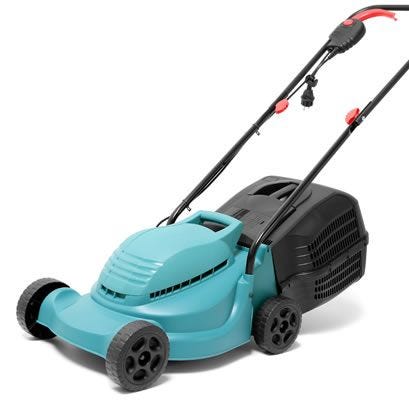
1 Eliminate Available Cover
Rabbits inhabit areas that offer tall grass, debris and excessive plant growth for shelter and protection. Eliminating these elements will help make your yard an unsuitable environment for rabbits.
- Mow grass and rake leaves regularly
- Pull weeds to prevent overgrowth
- Trim back excessive vegetation
- Clean up piles of debris, brush and wood
- Fill in any abandoned burrows in your yard with gravel. Rabbits often take these over, especially in cold or wet weather.
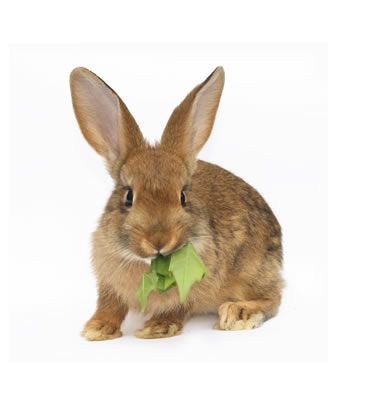
2 Identify Areas of Activity
| SPRING/SUMMER | FALL/WINTER |
|---|---|
|
|
3 Choose Your Rabbit Control Method
Once you’ve identified when and where your rabbits are causing damage, you can choose from the different control options below. The best approach will depend on your rabbit density and perhaps even the season. Rabbits are persistent and in many cases require employing multiple solutions for long-term success.
Live Rabbit Trap
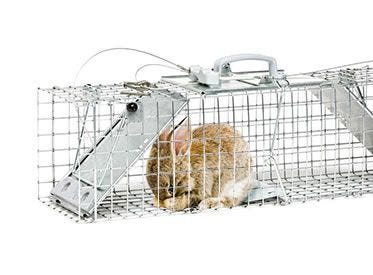
Manually remove a rabbit living in your yard with a live rabbit trap. This is ideal in areas with medium to light rabbit density or in the winter, when food is limited and your trap bait is more attractive. Trapping is simple:
- Properly position your trap in an area with the most rabbit damage.
- Bait the trap by placing apple slices (or other rabbit baits) towards the back of the trap - on or behind the trigger plate.
- Set your trap and check it frequently. If laws in your area permit, relocate the rabbit at least 5 miles from your home.
For more information, read How to Trap wild Rabbits »
Shop Traps »Rabbit Repellents

Effectively drive rabbits out and prevent them from feeding on your plants with a repellent that targets their advanced senses of smell and/or taste. There are two types of rabbit repellents:
- Granular Repellents - sprinkle to create a repelling barrier around your yard, gardens or flowerbeds.
- Liquid Repellents - spray onto surfaces like trees, seedlings, flowers, lawn and mulch for more targeted protection, as well as around fruits and vegetables to safeguard your edibles.
Repellents can target multiple rabbits at once, so they are likely to be more efficient than trapping in areas with moderate to heavy rabbit density.
For more information, read How to Repel Rabbits
Shop Repellents »Electronic Repellents
Establish a no-trespassing zone by installing an electronic repellent, which frightens away approaching rabbits with sudden bursts of water. Electronics are chemical-free and can be used to protect:
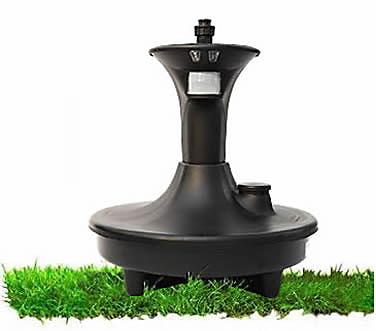
- vegetable gardens
- plants
- mulch beds
- pathways
- flowerbeds
- pool areas
- yards/lawns
- structures
- ponds
- entryways
- garbage cans
- trees
Electronic repellents are excellent solutions to repel even the most stubborn rabbits and can be used from Spring through Fall.
For more information, read Why Electronics »
Shop Electronic Repellents »Mesh Fencing
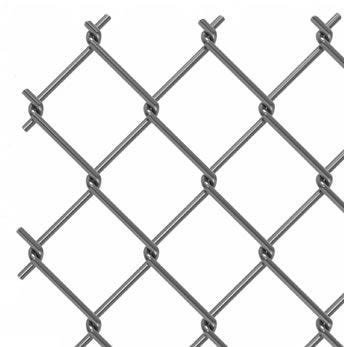
Physically exclude rabbits by installing mesh fencing. Although it may not be pretty, fencing is one of the most effective solutions for rabbits - especially in areas of high rabbit density. Here’s how to make sure your fence is rabbit-proof:
- Mesh or chicken wire should be 1 inch or smaller to ensure that young rabbits can’t get through.
- The height of the fence should be 2 - 3 feet (or taller in areas with abundant snowfall) so that rabbits cannot jump over it.
- Your fence should penetrate the ground about 6 - 10 inches to prevent a rabbit from digging underneath it.
Rabbits favor younger trees and seedlings, so rather than installing an entire fence, you may choose to install tree guards around more vulnerable plantings.
Expert Tips
- You can identify whether a rabbit is eating your plants by the physical damage left behind. Rabbits leave clean, diagonal cuts on flowers, leaves and stems, and the damage rarely will occur higher than a rabbit can reach - about 2 feet.
- It’s important that you take rabbit control measures as soon as you notice a problem, in order to prevent a full-on invasion. Rabbits reproduce rapidly; one pair of rabbits can produce up to 18 kits in one year.
- Become familiar with trapping laws in your area before releasing a rabbit from a live rabbit trap.
- Rabbits are extremely sensitive to strong odors. They use their sense of smell to constantly seek out edible food sources and detect danger. The best rabbit repellents will emit a scent that resembles that of a dead or decaying animal, which indicates the presence of a predator and triggers a natural flight response. Dried blood and putrescent egg are two active ingredients proven to repel rabbits in this way.
- A rabbit repellent is best used as a preventative measure, or at the earliest signs of a rabbit invasion. Once rabbits establish their eating patterns, repelling them with commercial repellents becomes more of a challenge.
- When installing a tree guard, install the mesh a couple of inches away from the tree or plant to ensure that a rabbit cannot press up against the wire to reach it. Regularly clean out any leaves or debris between the plant and the guard to prevent nesting rodents.
- Utilizing multiple rabbit control solutions will result in the most effective defense.
